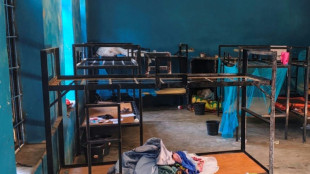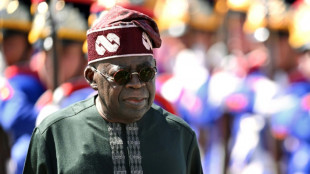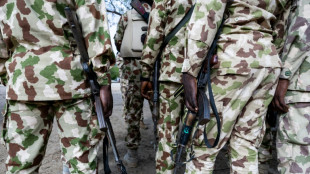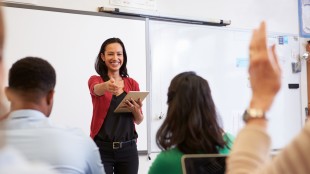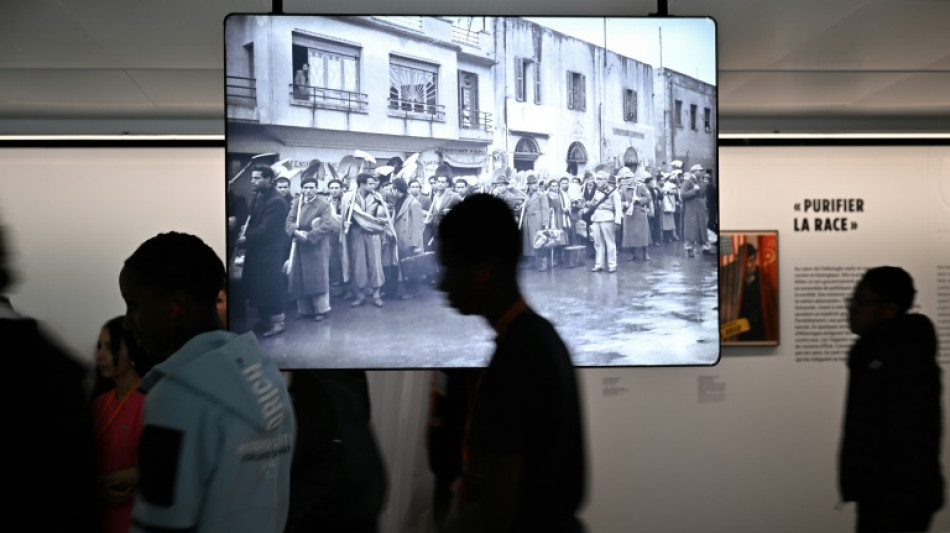
-
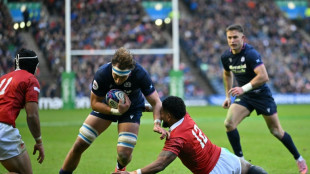 Scotland thrash Tonga in Autumn Nations finale
Scotland thrash Tonga in Autumn Nations finale
-
Three key Irish takeaways from Autumn Nations Series

-
 Imperious Shiffrin swoops to 103rd win at Gurgl
Imperious Shiffrin swoops to 103rd win at Gurgl
-
Schmidt challenges Wallabies to 'roll up their sleeves' after gruesome year
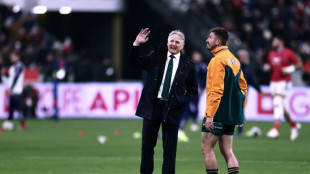
-
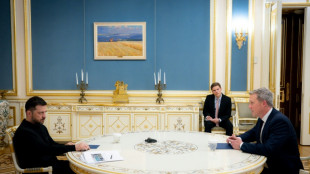 Washington seeking to 'iron out' Trump proposal details with Ukrainians in Geneva
Washington seeking to 'iron out' Trump proposal details with Ukrainians in Geneva
-
South African centurion Muthusamy celebrates 'awesome' Test journey

-
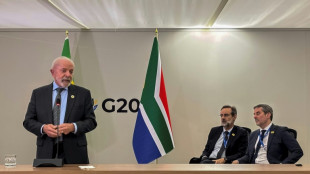 Brazil 'very concerned' about US naval build-up near Venezuela
Brazil 'very concerned' about US naval build-up near Venezuela
-
Liverpool a 'mess' says Van Dijk
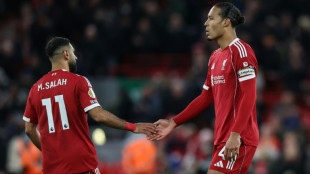
-
 First blind women's T20 cricket World Cup boosts sport
First blind women's T20 cricket World Cup boosts sport
-
France eye Dupont boost for Six Nations defence
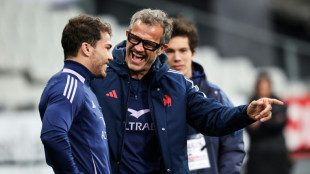
-
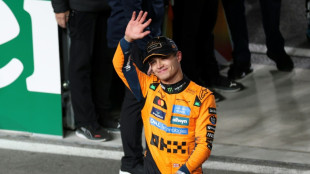 McLaren boss apologises to Norris, Piastri for Vegas disqualification
McLaren boss apologises to Norris, Piastri for Vegas disqualification
-
G20 grapples with splintering world order
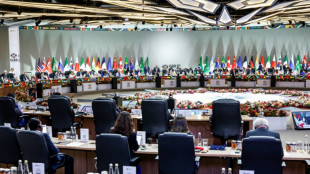
-
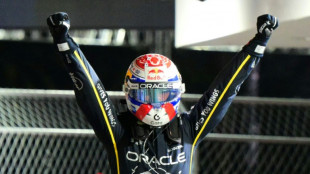 Verstappen wins big in Vegas with McLarens disqualified
Verstappen wins big in Vegas with McLarens disqualified
-
Muthusamy, Jansen put South Africa on top in second India Test
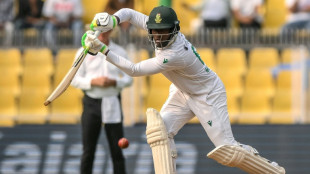
-
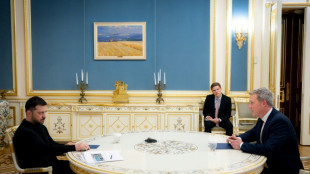 Rubio lands in Geneva for talks on Ukraine plan
Rubio lands in Geneva for talks on Ukraine plan
-
Norris and Piastri disqualified from Las Vegas GP
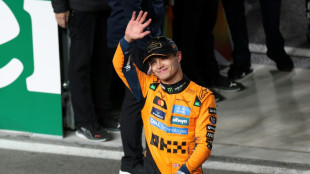
-
 Slovenia holds crunch vote on contested assisted dying law
Slovenia holds crunch vote on contested assisted dying law
-
Aonishiki beomes first Ukrainian to win sumo tournament
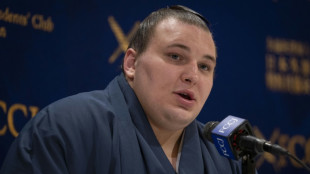
-
 Holders Australia drawn with New Zealand in Rugby League World Cup
Holders Australia drawn with New Zealand in Rugby League World Cup
-
Vietnam flooding kills at least 90
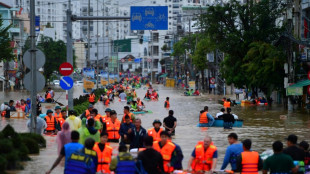
-
 Muthusamy's maiden Test century powers South Africa to 428-7
Muthusamy's maiden Test century powers South Africa to 428-7
-
Myanmar junta says nearly 1,600 foreigners arrested in scam hub raids

-
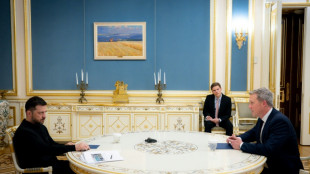 US signals room for negotiation on Ukraine plan ahead of talks
US signals room for negotiation on Ukraine plan ahead of talks
-
Verstappen wins Las Vegas F1 Grand Prix, Norris edges closer to crown
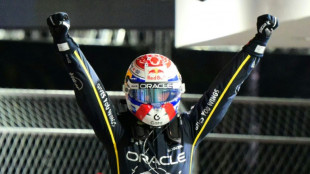
-
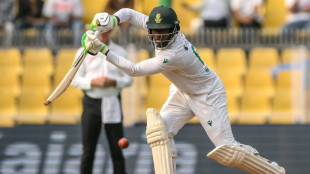 Muthusamy anchors South Africa to 316-6 in second India Test
Muthusamy anchors South Africa to 316-6 in second India Test
-
Vietnam flood death toll rises to 90
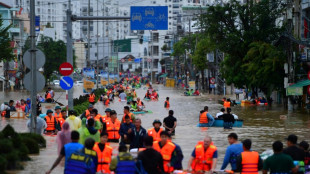
-
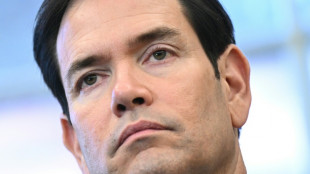 US denies pushing Russian 'wish list' as Ukraine plan
US denies pushing Russian 'wish list' as Ukraine plan
-
Harden's 55 leads Clippers win as Pistons streak hits 12
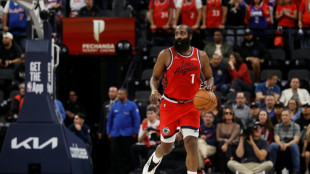
-
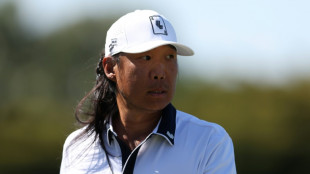 Kim's first top-10 in 14 years as Ballester wins maiden pro title
Kim's first top-10 in 14 years as Ballester wins maiden pro title
-
Gotham crowned NWSL champions after Lavelle breaks Spirit

-
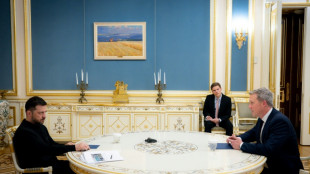 Trump signals room for negotiation on Ukraine plan ahead of talks
Trump signals room for negotiation on Ukraine plan ahead of talks
-
Head shapes up as solution for Australia's opening woes

-
 Tomorrowland bets on Chinese dance music fans with first indoor event
Tomorrowland bets on Chinese dance music fans with first indoor event
-
England slammed as 'brainless' after first Ashes Test capitulation
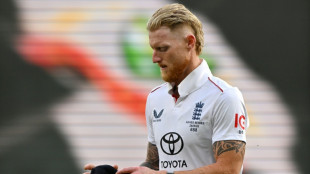
-
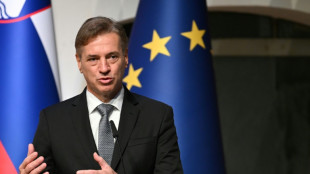 Slovenia to hold new vote on contested assisted dying law
Slovenia to hold new vote on contested assisted dying law
-
10 Benefits of Choosing Dental Implants After an Extraction
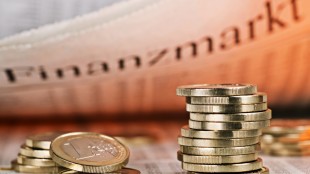
-
 SKYLINE Announces Q3 2025 Financial Results
SKYLINE Announces Q3 2025 Financial Results
-
'Beer tastes better' for Eramsus after win over Irish

-
 No.1 Jeeno leads by six at LPGA Tour Championship
No.1 Jeeno leads by six at LPGA Tour Championship
-
Neres double fires Napoli top in Italy

-
 Bielle-Biarrey masterclass helps France hold off Australia
Bielle-Biarrey masterclass helps France hold off Australia
-
Pogba returns in Monaco loss as PSG stay top in France

-
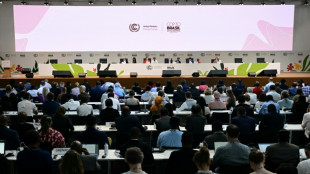 COP30: Key reactions to climate deal
COP30: Key reactions to climate deal
-
What did countries agree to at COP30?
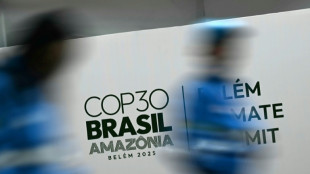
-
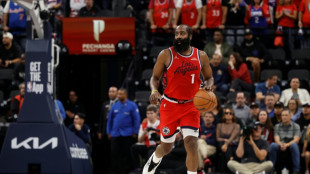 Harden's club-record 55 points leads Clippers over Hornets
Harden's club-record 55 points leads Clippers over Hornets
-
Amazon climate deal a 'win' for global unity but fossil fuels untouched
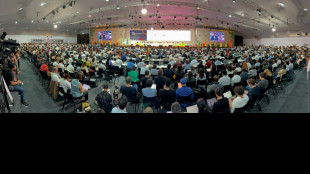
-
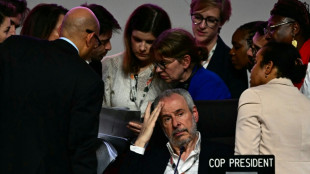 Boos, blowups and last-minute pause as a chaotic COP30 closes out
Boos, blowups and last-minute pause as a chaotic COP30 closes out
-
Farrell proud of Ireland after 'mad' Test with South Africa
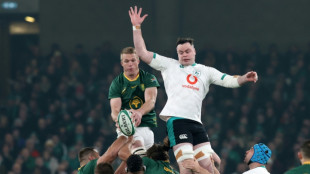
-
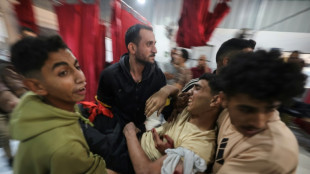 Gaza civil defence says 21 killed in Israeli strikes
Gaza civil defence says 21 killed in Israeli strikes
-
South Africa beat ill-disciplined Irish to end Dublin drought
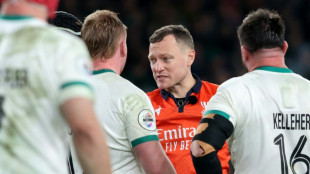

Museums rethink how the Holocaust should be shown
Historians are rethinking the way the Holocaust is being presented in museums as the world marks the 80th anniversary of the liberation of the last Nazi concentration camps this month.
Shocking images of the mass killings of Jews were "used massively at the end of World War II to show the violence of the Nazis," historian Tal Bruttmann, a specialist on the Holocaust, told AFP.
But in doing so "we kind of lost sight of the fact that is not normal to show" such graphic scenes of mass murder, of people being humiliated and dehumanised, he said.
Up to this year, visitors to the Memorial de Caen war museum in northern France were plunged into darkened rooms with life-sized photographs showing the horror of what happened in the camps and the mass executions earlier in the war.
"The previous generation of Holocaust museums used these images because it reinforces the horror," said James Bulgin, who is in charge of the Holocaust galleries at London's Imperial War Museum.
The difficulty with that is that it "denies the people within the images any capacity for agency or respect or identity," he added.
"The other problem with Holocaust narratives is that they tend to relate the history of what the Nazis and their collaborators did, not what Jewish people experienced," argued the British historian.
Some six million were murdered in the Nazi's attempt to wipe out European Jews.
- 'No photos of killings' -
Which is why "there are no photographs of killings" in the new, "almost clinically white" galleries dedicated to the Shoah at the Memorial de Caen, said Bruttmann, the scientific adviser on the project which opened this month.
"To show this absolute negation of human beings, there is no obligation to show images of such unprecedented violence," said the memorial's director Kleber Arhoul.
Historians at the Imperial War Museum had the same debate, but drew different conclusions.
They decided to still use graphic imagery. "The images exist as part of the historical record, we can't suppress their existence," said Bulgin. "But what we can do is meaningfully integrate them into the historical narrative."
He said they did consider not using them but felt it could lead to misinformation. "All of that stuff exists on YouTube and Vimeo... but without us mediating it, shaping it, informing it, giving it context," he added.
The curator said they "spoke to an enormous range" of Jewish groups and the "almost overwhelming consensus was that we should use the footage".
However, graphic images of the genocide are shown in smaller formats, often on panels that carry a warning and that you have to turn over to see. Distinctions are also made between photos taken by Jews themselves and those taken by the Nazis in the Warsaw ghetto.
Israeli historian Robert Rozett argued that "we need these memorials to be aware of what human beings are capable of, and where open hatred can lead."
At the Yad Vashem memorial in Jerusalem, "there are pictures that show mass executions. They are not gigantic but they are there," he said.
"The hardest pictures are not highlighted in any way," he said. For example, those showing the massacre of Babi Yar, near Kyiv, in 1941 do not show the moment of the killings but the aftermath. And those of the mass graves do not show the bodies but the clothes of the victims strewn on the ground.
- 'You want them to identify' -
Museums have also tended to concentrate on representing the ruthless, systematic efficiency of the Nazi death machine, experts say.
The first Holocaust memorials were "dark, oppressive spaces with a highly industrialised architecture that very much centres on Auschwitz," Bulgin said.
That was "enormously problematic and potentially slightly dangerous, because it has none of the human character that actually allowed it to happen."
Which is why the London museum has tried to concentrate on this being a genocide "done by people, to people", he said.
The new galleries in the Memorial de Caen have two distinct rooms. One on death camps like Auschwitz, the mass executions of the "Holocaust by bullets" and the mobile gas vans. The other deals with the concentration and work camps where prisoners were enslaved, brutalised and worked to death or died from hunger or disease.
But museums also have a duty to evoke the Jewish communities that were wiped out, Rozett insisted. "If you're teaching the Holocaust, you have to talk about what happened before, about what was destroyed," he said.
The first Holocaust room at the Imperial War Museum addresses this by showing a film called "The Presence of Absence". At Yad Vashem, the visit begins with a sound and light show to draw people deep into those lost worlds.
"When you're teaching, you want somebody's mind and their heart," it says. "You want them to identify. It's not enough just intellectual engagement. There has to be something emotional, but not overriding emotional."
L.Harper--AMWN
